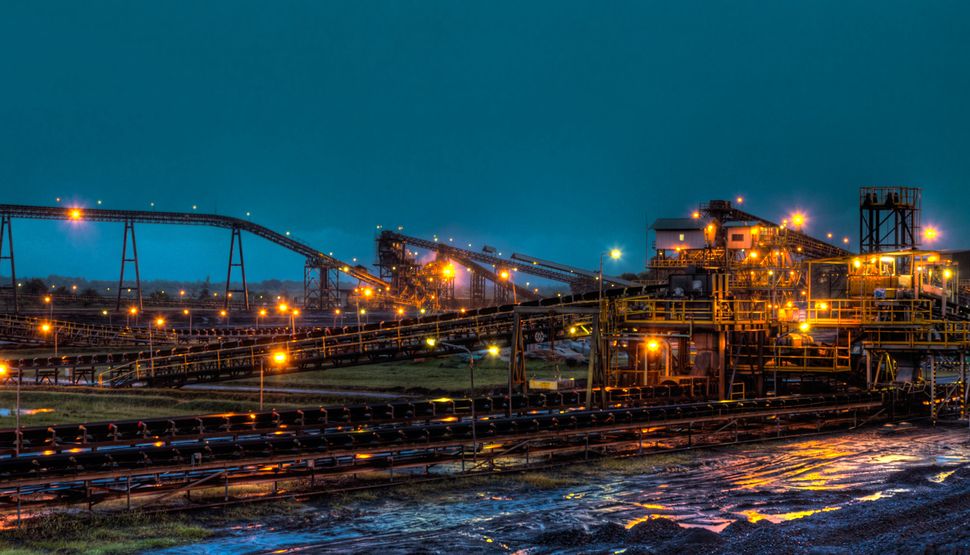Heightened flood risk is a fact of life for many mine operators. While other industries would rightly look to avoid doing business in a flood zone, miners must go where the mineral deposits lie. When a big storm hits, the results are sometimes devastating. In the worst cases, they send shockwaves through the global economy.
In 2011, catastrophic flooding in Queensland saw 85 percent of the state’s mines restrict or close entirely. The Queensland Resources Council estimates that this reduced coal production by $1 billion. Coal prices also increased 10 percent in a month.
With the Bureau of Meteorology recently upgrading the chances of a La Niña weather system forming over Australia, there’s never been a more important time for mine operators to check in on their flood protection and whether it is prepared to withstand a summer of heavy rainfall.
Managing flood risk
Levees greatly reduce the risk of mine floods, but they can never completely eliminate it. If an area has flooded before, you can be sure it’s going to happen again at some point in the future. Next time the flood waters could be higher, or a levee wall could crack.
These levees are very large and complicated geotechnical engineering structures, often spanning several kilometres with many tonnes of dirt lying on top of the bank and often very close to the mine pit wall. Managing this level of risk requires a great deal of vigilance. The highest priority for minimising flood risk at mine sites is treating the levee design just as importantly as any other critical engineering structure on site.
Some mining operators are going to great lengths to monitor the potential risks of a levee break, deploying lidar remote sensing technologies to develop detailed breach models. They’ve decided it’s worth going to these lengths given the potential severity of these loss exposures. It helps them make more informed risk decisions.
At the other end of the scale, some people put too much faith in the controlled frequency of a risk. This can cause them to push out repair works or fail to conduct the necessary studies. Everyone has a budget they have to work to, so it often comes down to picking the right priorities.
Setting the bar high
FM Global has done a lot of work on physical flood prevention. We always engineer to the 0.2 percent Annual Exceedance Probability (AEP) level, or what’s also called the 500-year level. That’s a much higher standard than the 1 percent AEP (100-year level) standard historically used by local councils.
A levee wall should have a reasonable freeboard above the predicted flood water levels. While we recommend a minimum 0.9 meter of freeboard, there are times when lower or higher freeboard may be appropriate. And, as rainfall data or site conditions change, the adequacy of the freeboard should be reconfirmed.
You also need access to the appropriate expertise, including a geotechnical engineer responsible for any levees and diversions. The structure should be reviewed by a third-party at least once a year, with input from other key stakeholders like your insurance company if it has engineering capability.
If a flood has happened before, you can be sure it’s going to happen again at some point in the future. It might not be in our lifetime, but it could also be next month. There is a lot at stake, including the energy security of tens of thousands of people. Therefore, preparation is everything.


